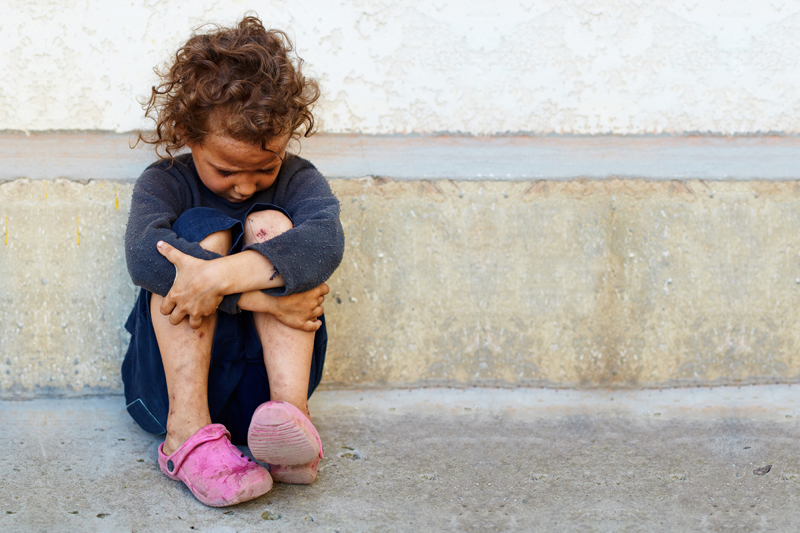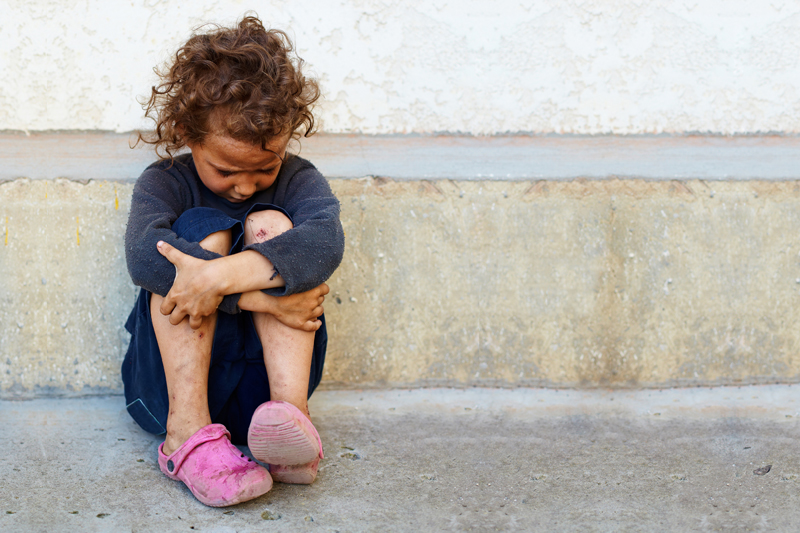Photographing Children for Emergencies

We take their pictures of our children before he or she is born by using an ultrasound machine as they grow inside our uterus. In essence, the ultrasound picture we receive is the very first picture of our unborn baby. Then when they arrive, we document the birth in a multitude of photographs. We take photos of our newborn with mommy, daddy, siblings, aunts, uncles, grandparents, and that is just the beginning.
There are pictures taken when our child reaches those initial milestones like sitting, rolling over, or crawling. We capture the moments that capture our hearts. A good picture at the very least is a memory to ruminate over in the future, at the very worst a way to remember a child who leaves us too soon. A picture is essentially worth a thousand words, yet an updated and current picture of our child can help bring a lost or abducted child home safely. Suddenly, something as simple as a family picture may become the tool to find a missing, lost or abducted child.
A clear picture of our child’s face is one of the most important priorities when a child disappears. The picture clarity may be the one thing that helps a stranger to identify a missing child. This picture, which may grace missing child posters, emails, and the internet, can make or break whether someone will identify the child if seen in public. This is especially true in cases where a stranger has abducted a child.
With the explosion in digital photography and digital cameras, which are now standard on cell phones, iPods, and many other electronic devices, it is easy to take frequent pictures of our child. Whenever I go out with my children on a big day to the zoo or other fun place, I would begin the event by taking a full-length picture of my child. I also would take a close up of my child’s face. I did both of these on my cell phone. Now if we are lost or separated, I can immediately show anyone who was willing to help search for my child, exactly what he or she looks like earlier that day. Including what they were wearing when we left the house.
Pictures are the key to helping law enforcement look for and send out information as quickly as possible if something horrible happens. So please keep clicking away and documenting your child’s life through digital photography frequently and know in the back of your mind that you are prepared in the event of an emergency. Also, teach children cell phone, not home phone numbers. After all, when you are out and something happens it does no good to have a child calling the home phone.
There are pictures taken when our child reaches those initial milestones like sitting, rolling over, or crawling. We capture the moments that capture our hearts. A good picture at the very least is a memory to ruminate over in the future, at the very worst a way to remember a child who leaves us too soon. A picture is essentially worth a thousand words, yet an updated and current picture of our child can help bring a lost or abducted child home safely. Suddenly, something as simple as a family picture may become the tool to find a missing, lost or abducted child.
A clear picture of our child’s face is one of the most important priorities when a child disappears. The picture clarity may be the one thing that helps a stranger to identify a missing child. This picture, which may grace missing child posters, emails, and the internet, can make or break whether someone will identify the child if seen in public. This is especially true in cases where a stranger has abducted a child.
With the explosion in digital photography and digital cameras, which are now standard on cell phones, iPods, and many other electronic devices, it is easy to take frequent pictures of our child. Whenever I go out with my children on a big day to the zoo or other fun place, I would begin the event by taking a full-length picture of my child. I also would take a close up of my child’s face. I did both of these on my cell phone. Now if we are lost or separated, I can immediately show anyone who was willing to help search for my child, exactly what he or she looks like earlier that day. Including what they were wearing when we left the house.
Pictures are the key to helping law enforcement look for and send out information as quickly as possible if something horrible happens. So please keep clicking away and documenting your child’s life through digital photography frequently and know in the back of your mind that you are prepared in the event of an emergency. Also, teach children cell phone, not home phone numbers. After all, when you are out and something happens it does no good to have a child calling the home phone.

Related Articles
Editor's Picks Articles
Top Ten Articles
Previous Features
Site Map
Content copyright © 2023 by Erika Lyn Smith. All rights reserved.
This content was written by Erika Lyn Smith. If you wish to use this content in any manner, you need written permission. Contact Erika Lyn Smith for details.



